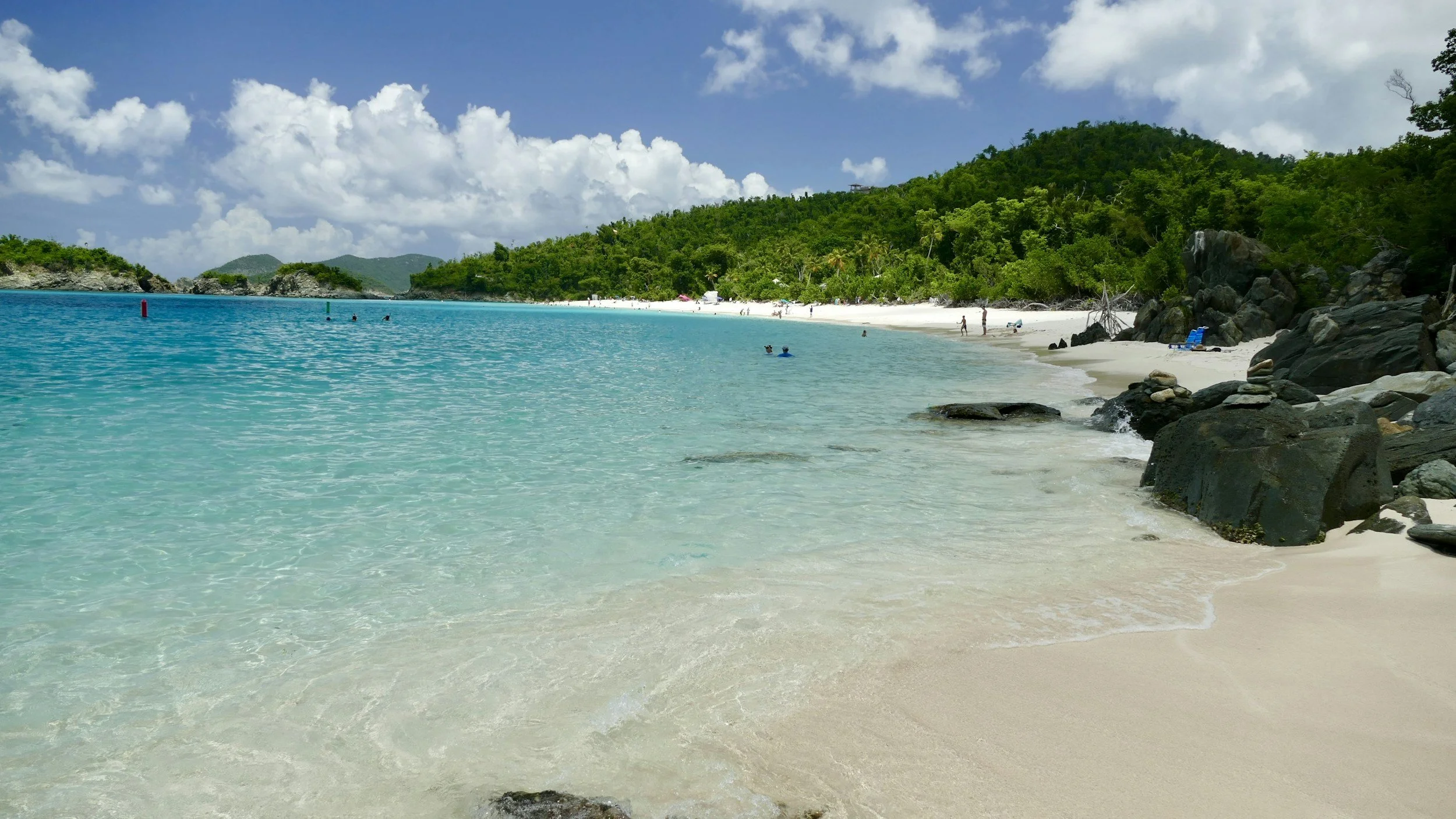Guadeloupe Island Travel Guide: An Unconventional Exploration of the Caribbean’s Unknown Jewel
Located in the crystalline embrace of the Caribbean Sea, Guadeloupe Island often slips beneath the radar of many travellers seeking a more authentic, less trodden paradise. This archipelago, part of the French overseas territories, offers a unique cultural fusion, lush landscapes, and vibrant local life that combines the essence of the Caribbean with a distinct European flair. If you are craving an adventure beyond the typical sun-and-sand holiday, Guadeloupe provides a compelling blend of natural beauty and cultural richness that deserves closer attention.
A Geography That Intrigues
Guadeloupe’s distinctive shape resembles a butterfly, or perhaps a pair of wings, split into two main islands: Basse-Terre to the west and Grande-Terre to the east. Basse-Terre is a verdant paradise, teeming with rainforests, waterfalls, and the towering La Soufrière volcano—an active giant that occasionally reminds visitors of the earth’s restless energy. Grande-Terre, by contrast, is the realm of golden beaches, limestone cliffs, and gently rolling plains dotted with sugarcane fields. This duality means you can hike rugged trails one day and lounge on sun-dappled shores the next.
A Kaleidoscope of Cultures
The cultural tapestry of Guadeloupe is woven from African, European, Indian, and Caribbean threads. French remains the official language, but the lively Creole language and customs infuse everyday life with warmth and vibrancy. Local markets offer an auditory and olfactory feast, where vendors sell tropical fruits like mango, guava, and passion fruit alongside freshly caught seafood and handcrafted spices. Exploring the street art and colonial architecture reveals stories of this island’s complex history, from indigenous Carib heritage to French colonial influences.
A Gastronomic Journey Worth Savouring
Guadeloupean cuisine transcends mere sustenance—it is a narrative told through spices and freshly caught ingredients. The ubiquitous accras, deep-fried cod fritters, serve as welcoming appetizers, while dishes like Colombo, a fragrant curry-based stew, showcase the Indian influence on local cooking. Don’t miss out on bokit sandwiches—crispy fried bread stuffed with everything from spicy chicken to cheese and salad. The island’s cafés provide perfect spots to sip rich, dark coffee, and rum connoisseurs will appreciate the agricultural estates producing some of the Caribbean’s finest rums.
Outdoor Adventures Off the Beaten Path
For those with a penchant for outdoor pursuits, Guadeloupe never disappoints. Trekking through the national park on Basse-Terre reveals waterfalls such as Carbet Falls, a series of majestic cascades that seemingly pour from the heavens. Kayaking in the mangroves or snorkeling among coral reefs introduces you to a diverse marine ecosystem seldom witnessed in conventional Caribbean resorts. Bird watchers, too, find joy here, with endemic species like the Guadeloupe woodpecker flitting among the trees.
Sustainable Travel and Mindful Living
An often overlooked aspect of Guadeloupe travel is the island’s commitment to sustainable tourism. Several eco-lodges and community-run initiatives invite visitors to engage responsibly with the environment and local culture. Mindful travellers can participate in beach clean-ups, explore organic vanilla plantations, or join cooking workshops focusing on traditional, locally sourced ingredients—activities that enrich the visitor experience while preserving Guadeloupe’s natural and cultural heritage.
Practical Travel Tips
Best Time to Visit: The dry season from December to May offers the most pleasant weather, avoiding the hurricane season experienced from June to November.
Getting Around: Renting a car is highly recommended for exploring the island’s diverse regions at your own pace.
Currency and Language: Euro is the currency, and while knowledge of French is advantageous, many locals are welcoming and helpful to English-speaking visitors.
Accommodation: Options range from boutique hotels with Caribbean charm to rural guesthouses that provide authentic island hospitality.
Guadeloupe Island remains an enticing destination for travellers seeking more than the obvious. It invites an exploration of contrasts: fiery volcanoes next to tranquil lagoons, French sophistication alongside Creole spontaneity, and untouched nature coexisting with lively communities. For those open to discovery, this Caribbean gem offers an experience that is at once enlightening, delicious, and deeply memorable.
For another great Caribbean island, check out our Travel Guide to Montserrat



